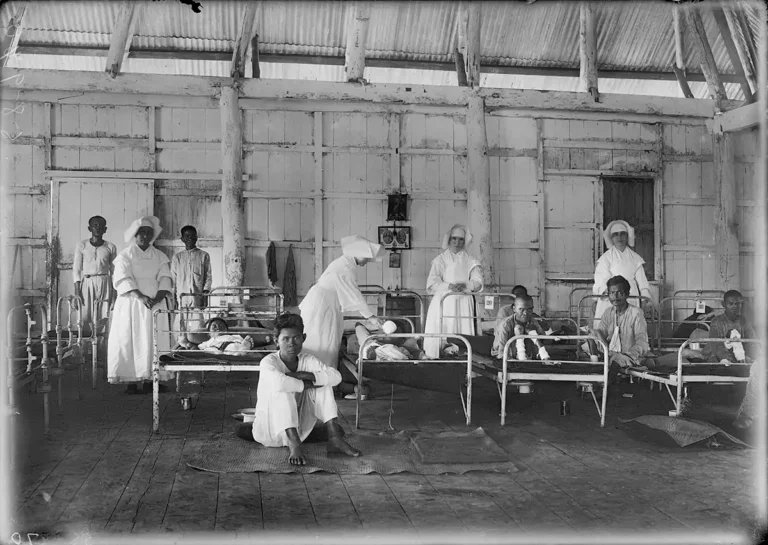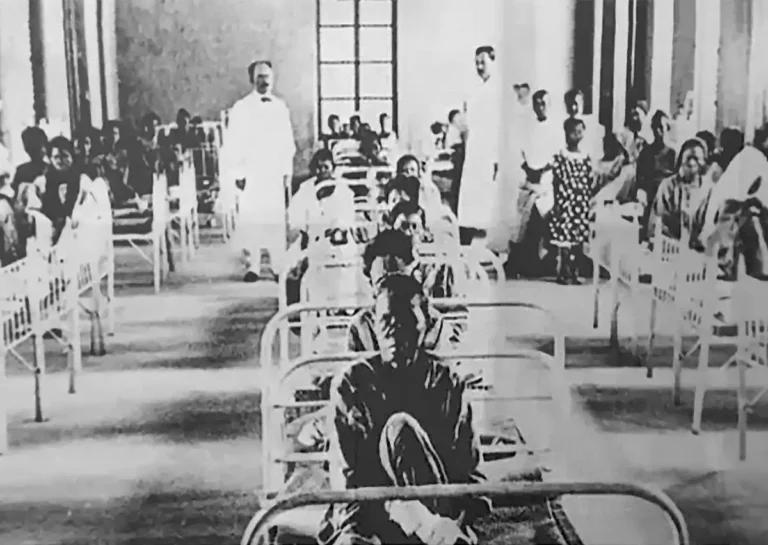HISTORY
After the capitulation of Manila in 1898, the United States found itself faced with serious health and sanitation problems. Aside from outbreaks of epidemics and countless deaths from various diseases, thousands of people afflicted with leprosy were at large. It was estimated that there were 3,500 to 4,000 leprosy cases in the country.
Since there was no known cure or treatment for leprosy then, the American “Sanitarians” conceived of the segregation policy to protect the healthy population through the isolation and segregation of the sick “lepers”. Their view was that by rounding up the “lepers” through forced segregation, there would be control and the eventual natural extinction of the disease even without treatment.
The choice of where to place the leper colony was very crucial then; it needed to be far from the center of government, far from the general population, hard to reach, and also hard for the new residents—the “leper immigrants”—to escape from. The sparsely populated Culion Island, described by Dean Worcester, the first Secretary of Interior, as “a very healthful place,” was judged suitable for the purpose.



The hospital then began its rich history through Executive Order No. 35 by then Civil Governor of the Philippines Hon. Luke E. Wright, issued on August 22, 1904, declaring Culion Island as a Leper Colony. Hence, Act No. 1711 of the Philippine Commission was mandated to order compulsory segregation and isolation of people afflicted with leprosy in Culion. Its services commenced upon the arrival of the first batch of patients from Cebu on May 27, 1906.
The Sanitarium, in its evolution, has acquired many unique characteristics. It is the first and oldest organized leprosarium in the Philippines. It was also distinguished as the once largest leper colony in the Far East, catering to about 50,000 patients since 1906. Furthermore, it is the only hospital in the Philippines that gave rise to a municipality by virtue of RA 7193.
Although its general hospital services began in 1994, it was on November 19, 2009, that it became a full-fledged general hospital by virtue of RA 9790, or the Culion Sanitarium Conversion and Upgrading Act of 2009.
Currently bearing the official name of Culion Sanitarium and General Hospital, it now offers diversified services through both general and specialty care.
